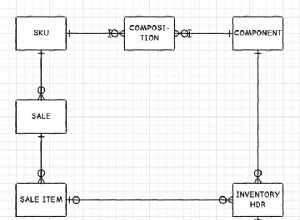To jest funkcja, którą przekonwertowałem z innego języka na PHP:
$vertices_x = array(37.628134, 37.629867, 37.62324, 37.622424); // x-coordinates of the vertices of the polygon
$vertices_y = array(-77.458334,-77.449021,-77.445416,-77.457819); // y-coordinates of the vertices of the polygon
$points_polygon = count($vertices_x) - 1; // number vertices - zero-based array
$longitude_x = $_GET["longitude"]; // x-coordinate of the point to test
$latitude_y = $_GET["latitude"]; // y-coordinate of the point to test
if (is_in_polygon($points_polygon, $vertices_x, $vertices_y, $longitude_x, $latitude_y)){
echo "Is in polygon!";
}
else echo "Is not in polygon";
function is_in_polygon($points_polygon, $vertices_x, $vertices_y, $longitude_x, $latitude_y)
{
$i = $j = $c = 0;
for ($i = 0, $j = $points_polygon ; $i < $points_polygon; $j = $i++) {
if ( (($vertices_y[$i] > $latitude_y != ($vertices_y[$j] > $latitude_y)) &&
($longitude_x < ($vertices_x[$j] - $vertices_x[$i]) * ($latitude_y - $vertices_y[$i]) / ($vertices_y[$j] - $vertices_y[$i]) + $vertices_x[$i]) ) )
$c = !$c;
}
return $c;
}
Dodatkowe: Aby uzyskać więcej funkcji, radzę użyć klasy polygon.php dostępnej tutaj
.Stwórz klasę używając swoich wierzchołków i wywołaj funkcję isInside z punktem testowym jako danymi wejściowymi, aby mieć inną funkcję, która rozwiąże Twój problem.




